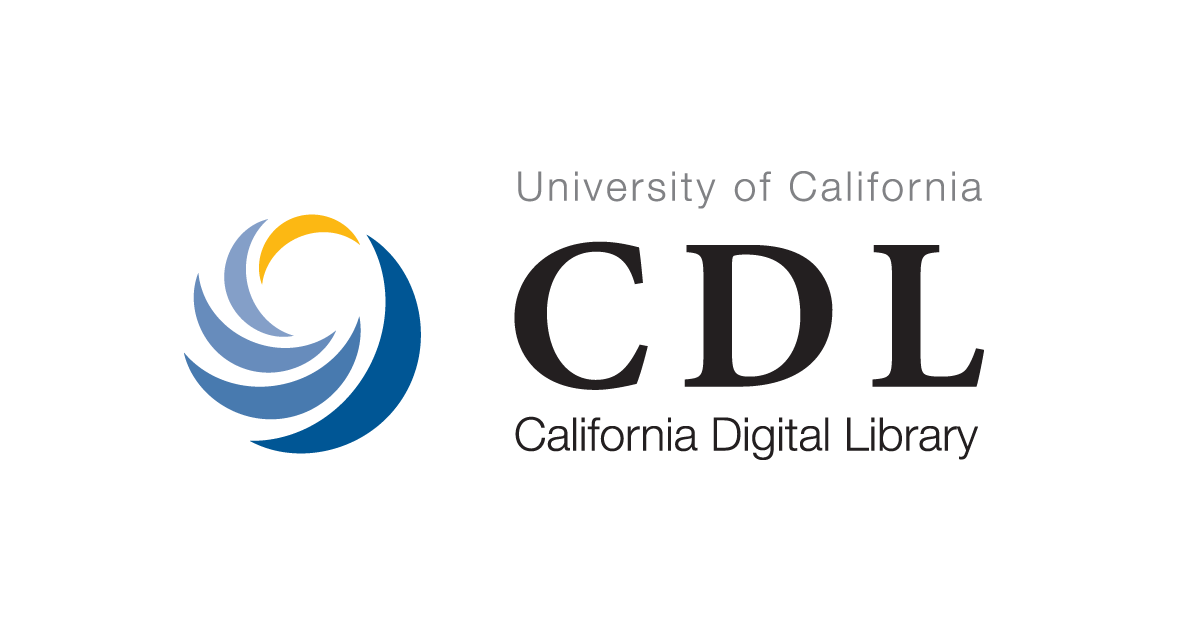Building a National Finding Aid (CDL Report)
NISO Member News
August 13, 2024

The California Digital Library is pleased to announce the publication of a final report from the IMLS-funded “Building a National Finding Aid Network” (NAFAN) research project (2020-2023).
This report – in tandem with a broader set of research and community workshop findings – is a key deliverable from the project, and outlines a plan for building and launching a comprehensive national finding aid network over a 4-5 year horizon that is community-driven, -sustained, and -governed.
From the Executive Summary
This report is a key deliverable from the 2020-2023 "Building a National Finding Aid Network" (NAFAN) research project, and outlines a plan for building and launching a comprehensive national finding aid network that is community-driven, -sustained, and -governed.
The NAFAN project explores a fundamental challenge faced by researchers of all types: the significant barriers to locating relevant archival materials across the vast, distributed, and unevenly resourced field of cultural heritage institutions. Archival records are primarily discoverable via finding aids, which provide descriptions and summaries of the contents of individual archival collections. Yet, many archives don't or can't publish their finding aids online – and state and regional aggregations of finding aids, which are designed to increase the discoverability of these materials, often support a siloed and limited range of archives, and are at-risk as their infrastructure ages and budgets dwindle. Consequently, much of the stewarded archival content in the United States remains relatively invisible, and the voices documented therein are poorly represented in the historical record. Complicating this situation further, some archives may seek to prioritize service to their local communities rather than increasing the visibility of their collections for a broader audience.
The findings have fundamentally informed this proposal for designing, building, and launching a national-level network...The core features and functions of the network would support the broadest range of contributing organizations and minimize barriers to participation in order to:
- Scale discovery and access to a national level that is as comprehensive as possible for the broadest possible range of researchers.
- Enhance the value of an individual archive's holdings by situating their repository profiles and finding aids within a national network of related finding aids from academic, community-based, government, historical societies, and public archives – complementing each institution's holdings and amplifying their research value.
- Support archives with determining the level and degree to which they would like to participate and share information about their holdings, based on their capacity, current workflows, and preferences for the extent of information they choose to provide.
- Facilitate seamless sharing of finding aids in existing formats not limited to EAD, with connectors to platforms such as ArchivesSpace, Access to Memory, PastPerfect, and more.
- Enable technical capacity for archives while saving cost, by offering a long-term hosting and publication platform for institutions lacking local infrastructure.
- Cultivate broader capacity for archives by providing support, training, tools, and funding resources for archives through a peer-based network.
Waibel, G., Turner, A., Schiff, L., & Mitchell, C. (2024). Building a National Finding Aid Network: Final Report. UC Office of the President: California Digital Library. Retrieved from https://escholarship.org/uc/item/6xr6q38m
The California Digital Library (CDL) is a Voting Member organization of NISO.